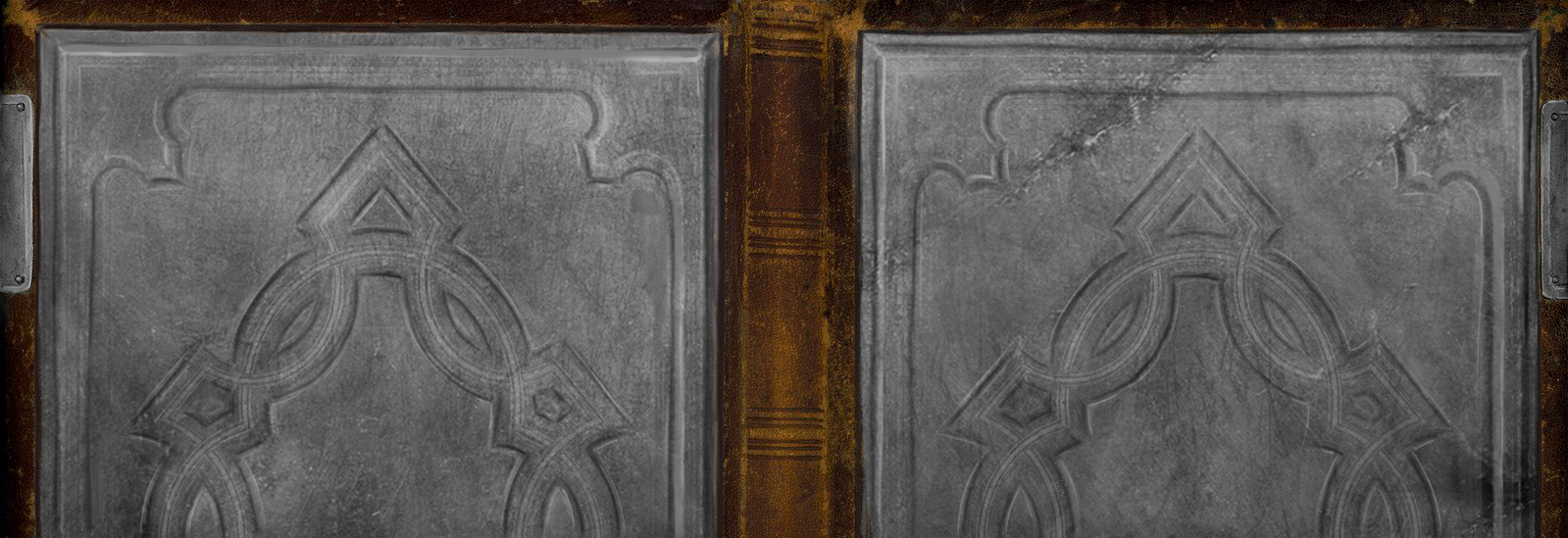Cryogenics
Cryogenics is the science of dealing with the effects of very low temperatures. Over time the term "cryogenics" has generally been used. by those working in the field, to refer to temperatures below approximately -150 C. However, in the common consciousness, "cryogenics" is thought of in relationship to the freezing and preservation of biological material and creatures, and ideally, the ability to return them to a functioning, living, breathing state. While the ability to freeze and preserve biological materials has been widely available for decades, and is often used in current medicine, such as in freezing embryos for reproductive medicine, it is the process of safely thawing out a frozen living being that has been the sticking point.
However, The Company figured out a means by which this can be done. While the details remain uncertain, the Great Houses are aware that it involves Literomancy and the use of H2 liquefiers, such as nickel silicate, to speed up conversion of the liquified gasses. Needless to say, there are active efforts to discover exactly how they did this, so they can imitate the process.
Utility
Cryogenics has many applications. Cryogenic liquids, such as oxygen, nitrogen, and argon, are often used in industrial and medical applications. The electrical resistance of most metals decreases as temperature decreases. Certain metals lose all electrical resistance below some transition temperature and become superconductors. An electromagnet wound with a wire of such a metal can produce extremely high magnetic fields with no generation of heat and no consumption of electric power once the field is established and the metal remains cold. These metals, typically niobium alloys cooled to 4.2 K, are used for the magnets of magnetic resonance imaging (MRI) systems in most hospitals.
Other applications of cryogenics include fast freezing of some foods and the preservation of some biological materials such as livestock semen, as well as human blood, tissue, and embryos. The practice of freezing an entire human body after death in the hope of later restoring life is known as cryonics, and while it is known among cryogenicists, it is not an officially accepted application of the technology — but of course, everybody dreams.
The potential for the extension of life is exciting, especially when damage takes place under traumatic conditions; but there are also a lot of ways in which this technology could be misused, most of which the Company has done. They have used it to create clones of Literomancers in order to attempt to replace or control them; created sapient creatures in test tubes who then became experimental subjects; and made use of genetic material that they had no right to access.
Manufacturing
Unknown. Attempts at reverse engineering are actively underway.
This article is a work in progress, and may be subject to changes.
This article is part of a series related to streaming the Game of Tomes. For more information, see Streaming Game of Tomes.
Access & Availability
The Company, unfortunately, has not shared any of the details of their "thawing" process with anyone, meaning that thus far, it is exclusive to them. Attempts at reverse engineering are underway, however.
Discovery
Professor Kamerlingh Onnes of the University of Leiden in the Netherlands first used the word "cryogenics" in 1894 to describe the art and science of producing much lower temperatures, specifically in reference to the liquefaction of permanent gases such as oxygen, nitrogen, hydrogen, and helium. Oxygen had been liquefied at -183 C a few years earlier (1887), and a race was in progress to liquefy the remaining permanent gases at even lower temperatures. The techniques employed in producing such low temperatures were quite different from those used somewhat earlier in the production of artificial ice. In particular, extremely efficient heat exchangers are required.





Comments